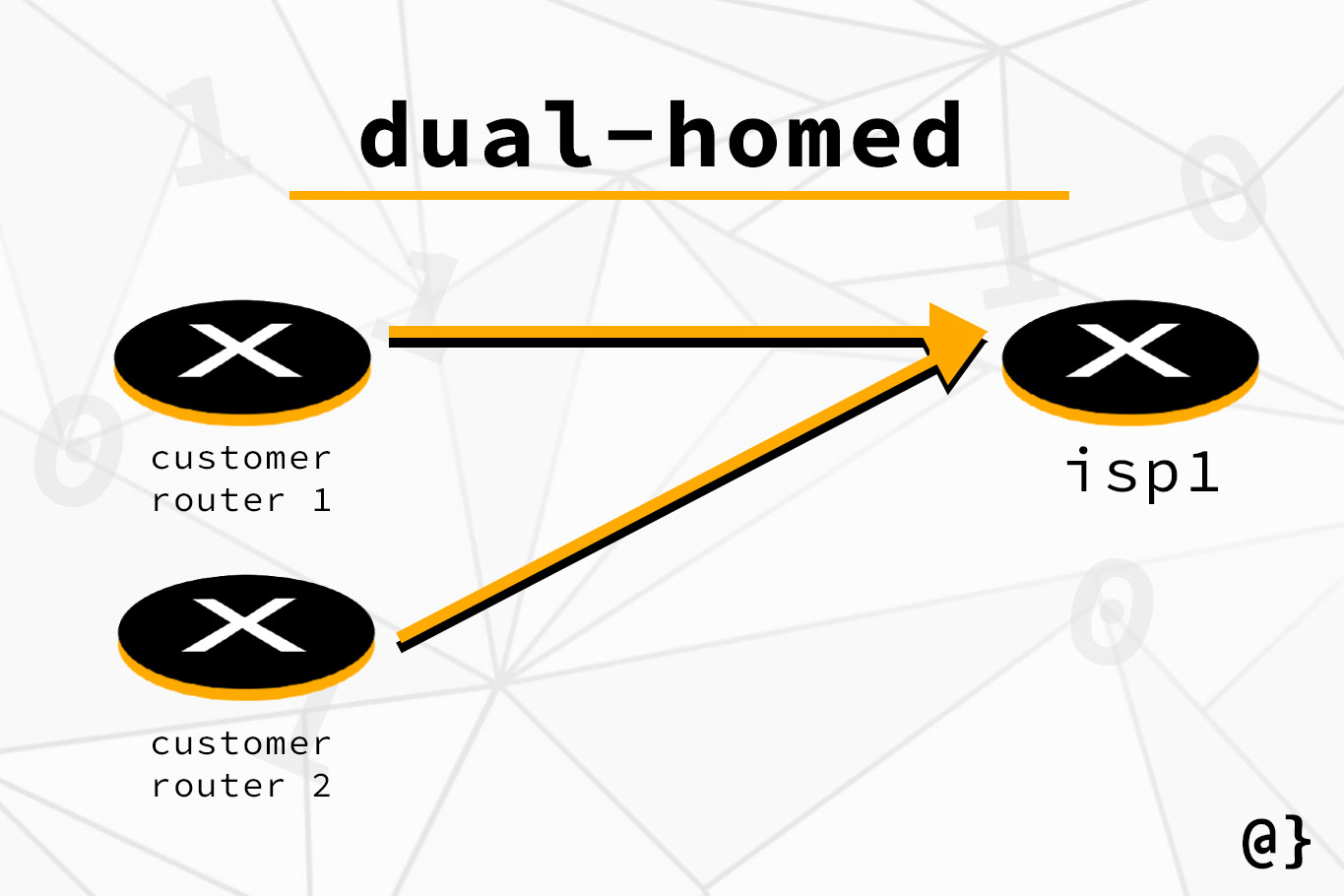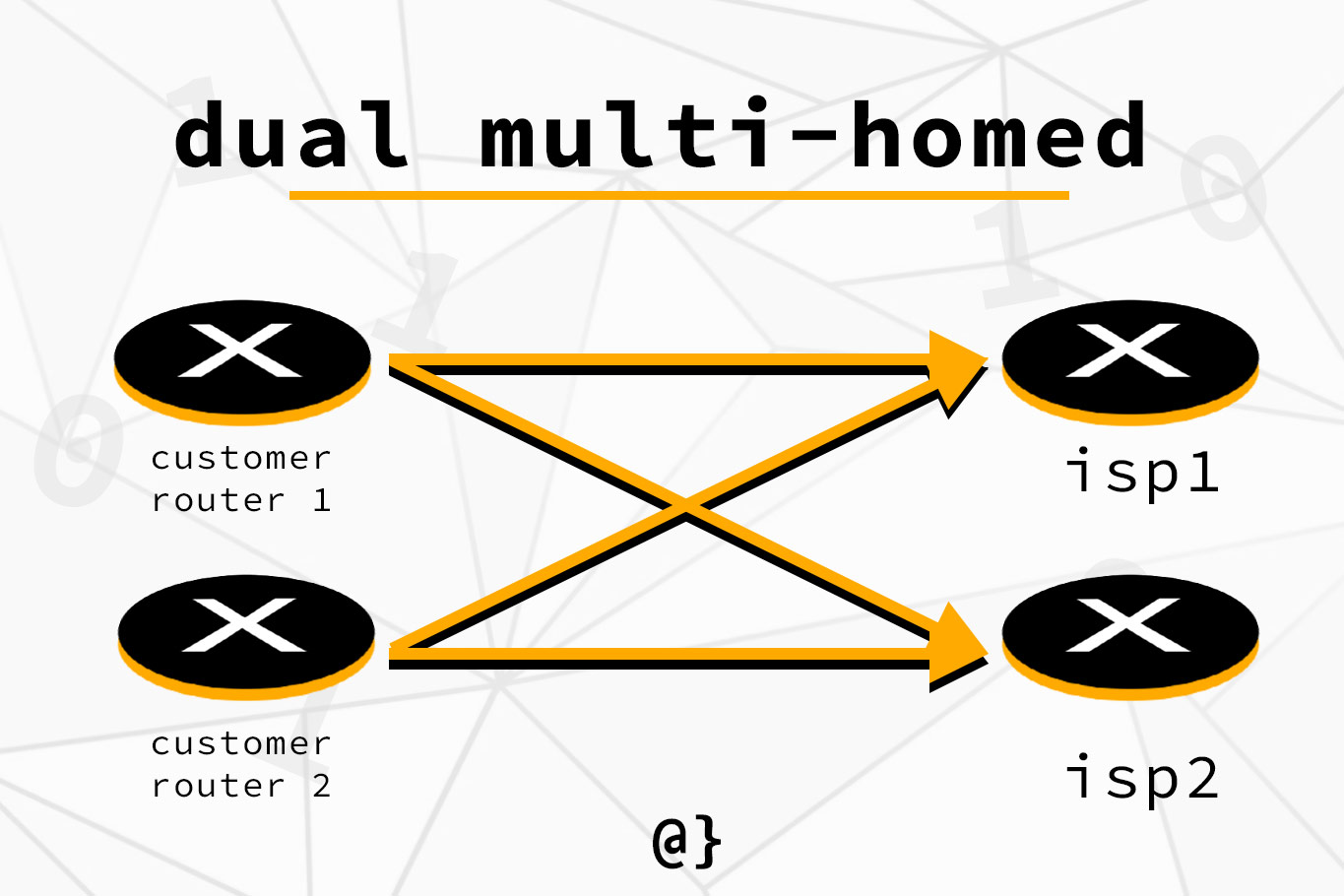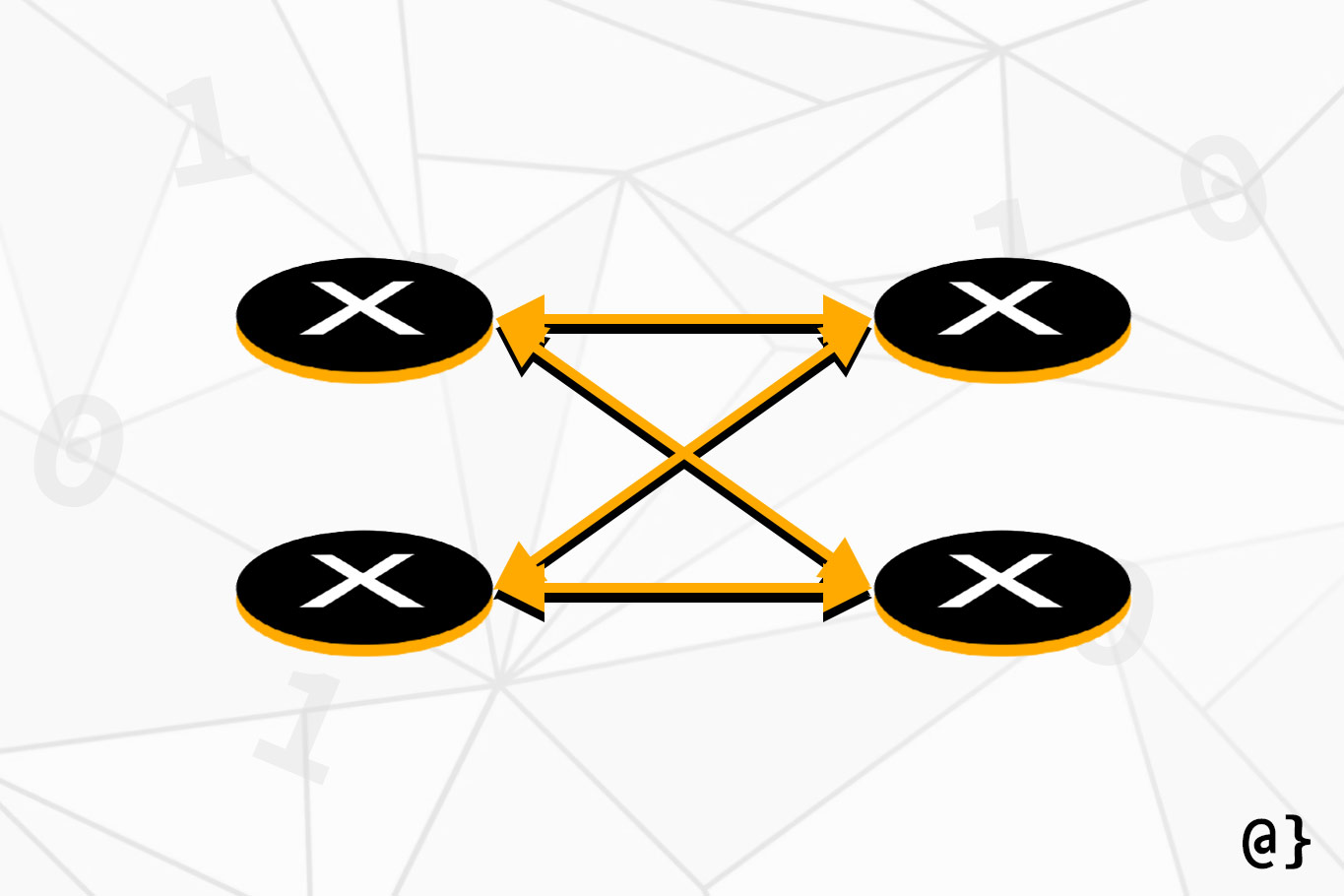Multi-homing (also multihoming) is a network redundancy practice by which a host network connects to more than one provider network. There are several levels of multi-homing including dual and single multi-homing. There are also several network configurations within the purview of each.
Consider your home network: it likely consists of a modem and a router. Chances are, you pay a single monthly bill which gives you access to a single provider network. What happens if that provider’s network goes down though? You’re out of luck.
Multiple Hosts Provide Redundancy
The main benefit of multihoming is having greater redundancy for network access. If the Internet goes down on one provider you can still access via another. This can also be seen as a disadvantage on a global network scale, however, as the overhead for supporting such network access causes the global routing table to grow quickly.
Another obvious downside to multihoming is the associated cost. At the very least, the increase in cost can be described by doubling one’s monthly bill to providers. Twice the network access == twice the network access price. Depending on how multihoming is configured, redundancy can be increased without drastically increasing network access cost. This is where the different types of multihoming start to make sense.
Dual-Homing
Dual-homing is the least costly approach for adding a layer of redundancy via homing. This approach adds a connection between the local network and access provider. If the access provider’s network goes down the local network is still going down as well. However, dual-homing adds an extra layer of redundancy on the local side by adding another router.

Another possible configuration in a dual-homed setup would be to connect to another router at the ISP. This would provide hardware redundancy (mostly) on either side of the connection.
Double Multi-Homing
Dual-multihoming configurations add-in a second ISP to provide network access. This allows the local network to quickly change from one access network to another should one provider’s network to fail. Below is a diagram of a dual multi-homed network configuration:

This setup reflects a connection to both ISP’s from both of the local routers. This is considered the most redundant dual multi-homing configuration because it offers redundancy for both of the following situations:
- Local Router Failure
- ISP Network Failure
Alternative configurations might use a single link between two routers to a single ISP, dual links between routers to a single ISP, or links to two ISPs from a single router. While still advantageous compared to single multi-homing, the setup depicted in the illustration above offers the best redundancy.
Discussion
Different approaches of multi-homing produce differing degrees of redundancy on both local and provider sides of the network. The main advantage of each, each to differing degrees, is that equipment or network access failure ramifications will be minimalized. Neither of these advantages come without some downside so it’s important to weigh the pros and cons of each before implementation.






















